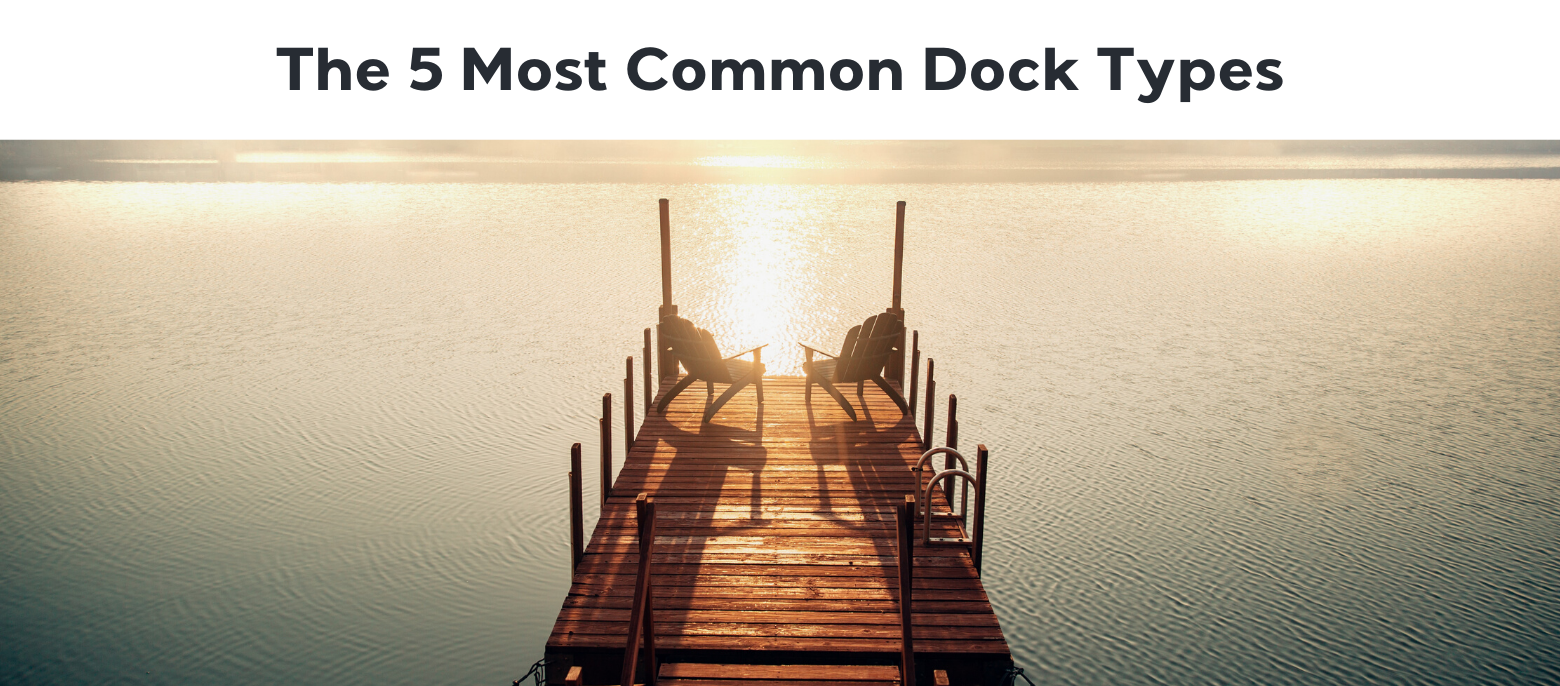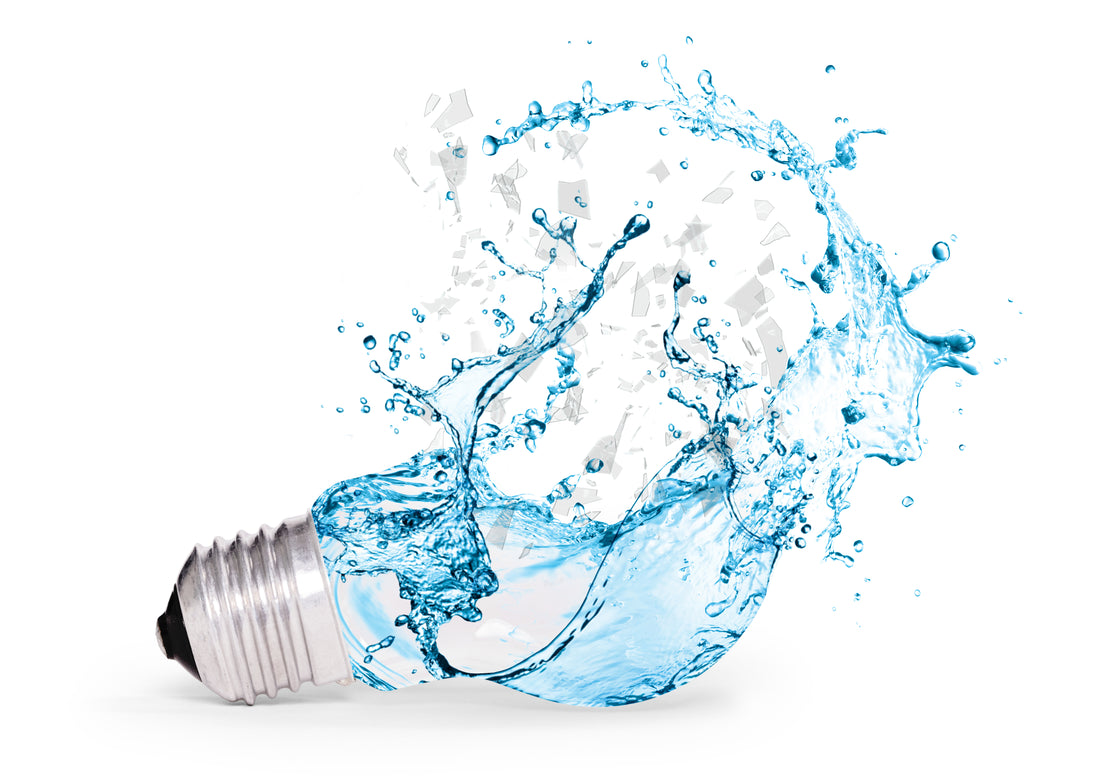Docks are the bridge between life on the land and life on the water. Whether you need to store a boat or just a comfy spot in the sun, docks are the center of lake life.
There are 5 common types of docks. So before you start considering bells and whistles for new docks, consider what kind of dock is suited to your location and needs.
Floating Docks
Floating docks are platforms that float on the water’s surface. They connect to the shore via a hinged ramp that rises and falls as lake levels change. Their modular sections allow you to create any size and shape dock. Because floating docks rise and fall with the water level, they are ideal for flood control lakes.
- Materials: Aluminum and styrofoam
- Durability: 5/5
- Versatility: 5/5
- Adjusts with lake level: Yes
- Cost: Moderate
Piling Docks
Piling docks are strong and stable. Their foundation is made with large wooden beams driven deep into the ground, providing a firm foundation in flowing water. Like all wooden docks, they require regular cleaning and maintenance. Water depth and environmental factors may affect the cost of installation.
- Materials: Wood
- Durability: 3/5
- Versatility: 3/5
- Adjusts with lake level: No
- Cost: Moderate
Pipe Docks
Pipe docks are similar to piling docks, but the frame is built out of aluminum pipes instead of pilings and wood. Many pipe docks have a wooden deck, which can last for years but requires maintenance. They aren’t as stable as piling docks, so they aren't commonly used in water deeper than 8-10 feet.
- Materials: Wood and aluminum
- Durability: 2/5
- Versatility: 4/5
- Adjusts with lake level: No
- Cost: Low
Suspension Docks
Suspension docks hang over the water via anchored cables. They are known for their style and minimal environmental impact, but they are complicated and costly to install.
- Materials: Metal with various decking materials
- Durability: 2/5
- Versatility: 2/5
- Adjusts with lake level: Optional
- Cost: Expensive
Crib Docks
Crib docks are made from wooden frames filled with large rocks and covered with decking. They are an investment but can last for decades if you maintain the wood. However, some lakes don't allow them because they can disrupt water flow and wildlife ecosystems.
- Materials: Wood
- Durability: 5/5
- Versatility: 1/5
- Adjusts with lake level: No
- Cost: Expensive
The Most Important Dock Feature
Each dock type and material has its benefits and drawbacks, but the best option will depend on your lake, intended use, and desired level of maintenance.
No matter which dock you choose, WaveLink is a feature you won’t want to forget. WaveLink uses patented technology to monitor the water surrounding your dock for dangerous electricity that can lead to electric shock drowning (ESD).
Our recently launched WaveLink Hub can detect these hazardous conditions, alerting everyone on your dock and sending notifications to your phone. When electricity is detected, you will be able to take action to keep your friends and family safe! Learn more about how you can reserve your WaveLink here.



